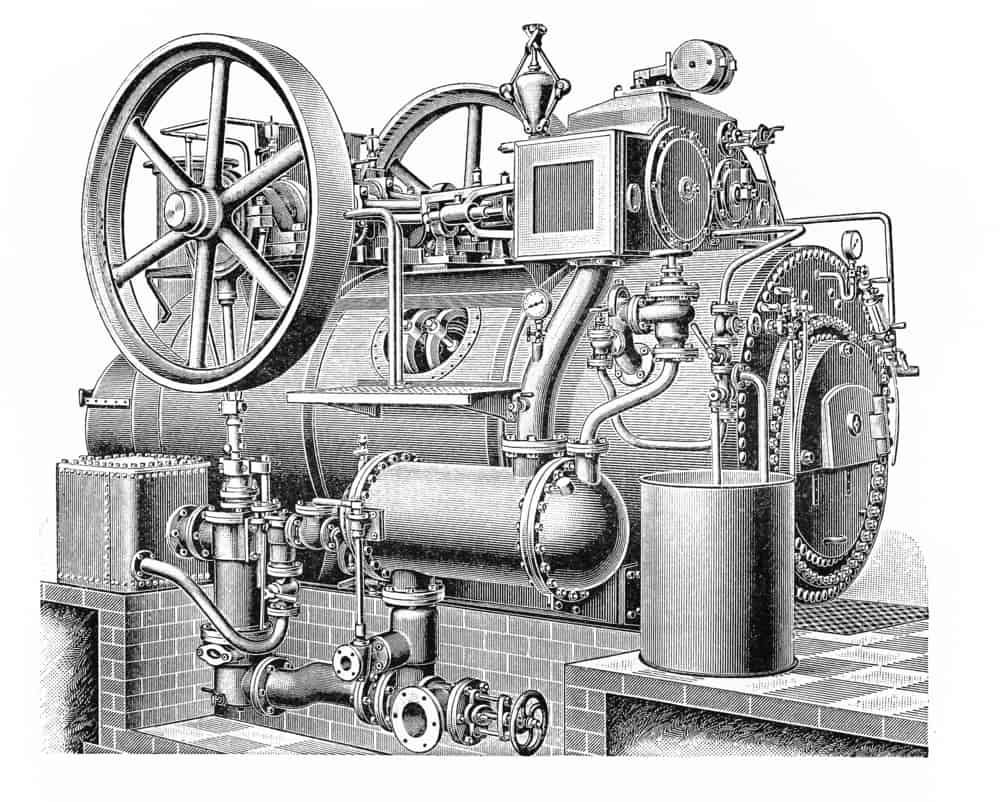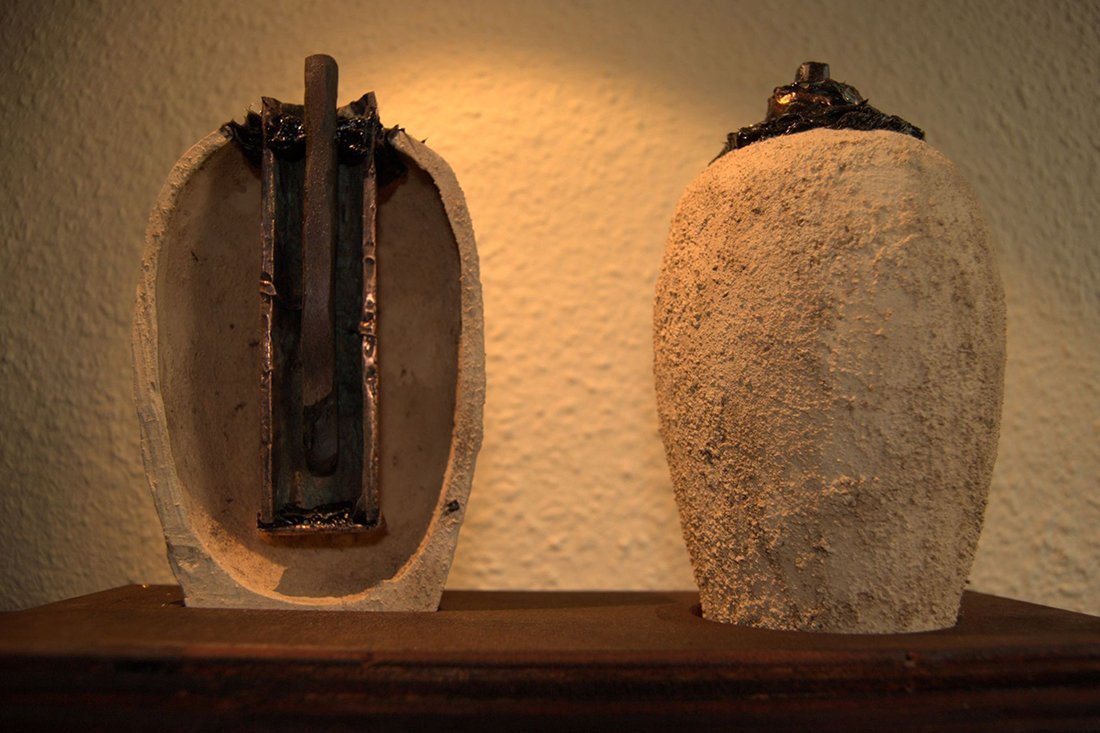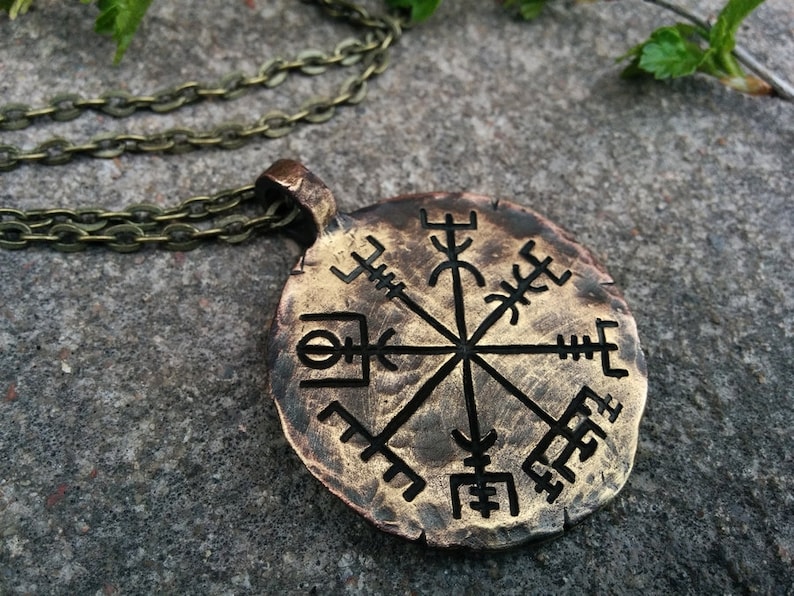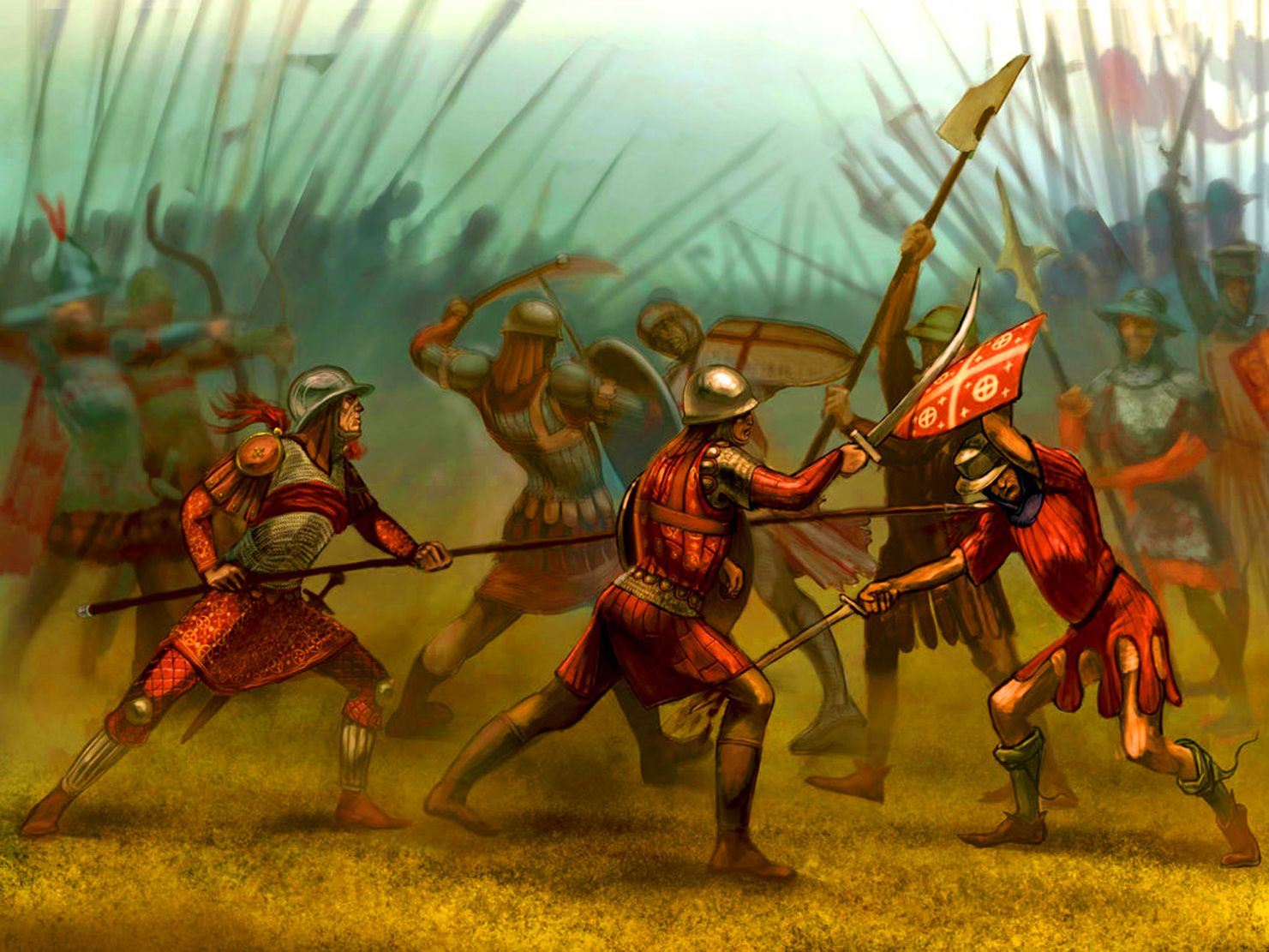It is generally believed that we live in the most technologically advanced era, and everything that came before is old and obsolete. But this is not always the case. In the history of our civilization, there are many examples of inventions that were undeservedly lost and forgotten, only to be reinvented centuries later.
Greek Steam Engine (I century AD)
The first modern prototypes of steam engines appeared in the XVII century, but there was a man who thought of using steam long before that. The Greek scientist Heron wrote several books on engineering, wherein he described various inventions, including the “aeolipile,” also known as “Heron’s steam engine.” It was a metal ball with bent pipes, which spun under water vapor pressure, but it was too small and inefficient to be used for anything serious. Nevertheless, the basic principles of steam-powered engines were identified by scientists more than a thousand years before the rest of the world.

Baghdad Battery (II century BC)
The famous Baghdad battery unearthed in Iraq was believed to generate a couple of volts of electricity. The battery looks like a jar with a copper tube wrapped around an iron rod inside it. Apparently, the Baghdad battery worked like modern batteries, just not as efficiently. The acid at the bottom of the jar created electricity, causing electrons to move from one metal to another. Its purpose, however, still remains a mystery. There are two most plausible theories: either the ancients figured out the way to electrically coat different materials with metal molecules, or it was used for religious purposes to zap the non-believers.

Mining Drill in Ancient China (II-III century AD)
Salt was one of the most vital resources in ancient times, as it was used to preserve food long before the invention of freezers. About 2000 years ago, people in China learned how to get salt directly out of the ground using advanced drilling technology. They used a bamboo drill with a heavy drum that beat rhythmically into the soil and could eventually reach a depth of 600 meters. Occasionally, during drilling, they would hit methane pockets, and, in the end, the engineers learned to mine and use it as well.

Viking Compass (XI century AD)
Seafaring in the past was incredibly difficult and required reading the stars, the sun, and other unreliable landmarks in order to figure out where to sail. Scientists were puzzled by how the Vikings managed to travel between Norway and Greenland in the Middle Ages until they discovered the Uunartoq disc, a complex sundial used by the Vikings. The texts from the same era mentioned the disk having a “magic crystal” inside it. The researchers believe that certain crystals could help focus dim light on the compass, which was perceived as magic back then.

Byzantine Flamethrowers (VII century AD)
The flamethrower, a famous weapon of the XX century, was actually invented at the end of the first millennium in Byzantium. It was called the Greek fire, and its exact composition is still a mystery. Although, one would suspect oil to be one of the main ingredients. Greek fire had to be thrown at opponents somehow, so first, the Byzantines invented hand grenades, and then the first flamethrower. Surprisingly, those ancient death machines used the same principle as the modern ones — a pump, a tank, and a lit wick.

Iron Pillar (400 AD)
In the Middle Ages, some artisans knew how to coat materials with a thin layer of metal like gold and silver, and in some ways, their metal coating techniques were better than modern ones. One of the amazing objects with such a metallic coating is the Iron Pillar in Delhi. This is a seven-meter-tall column, which has remained free of corrosion for one and a half thousand years. The secret is that the composition of the material from which the column is made contains a large amount of phosphorus; it also saves metal from rust.

